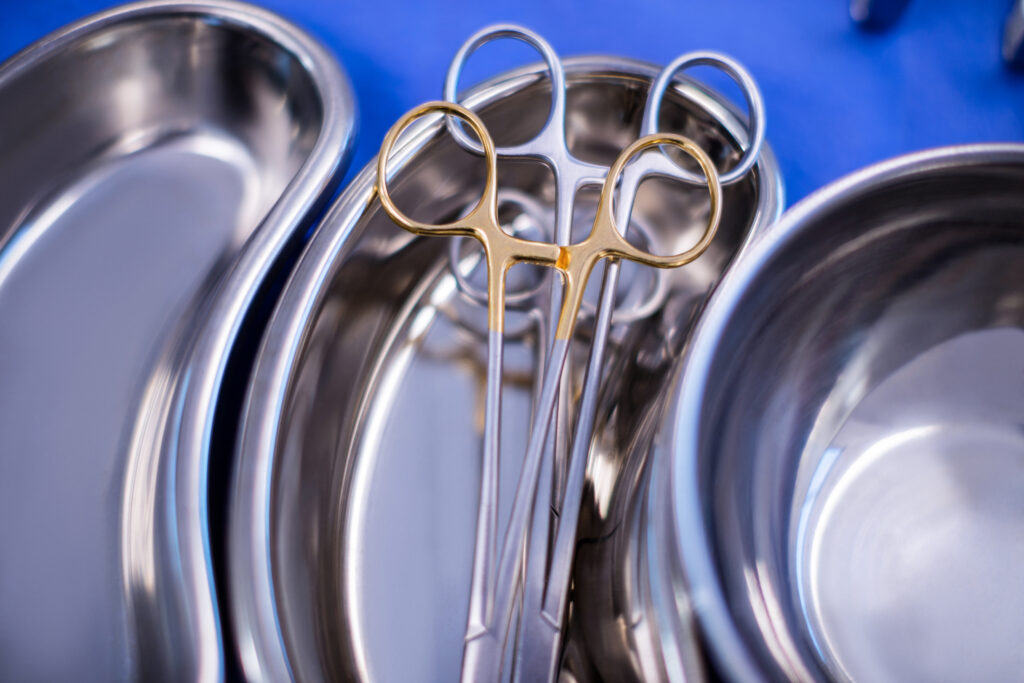Blog
Stainless Steel Flat Products in Medical Device and Surgical Equipment Manufacturing
Stainless steel plays a crucial role in medical device manufacturing due to its biocompatibility, corrosion resistance, and mechanical reliability. Flat forms like strip, sheet, and coil are essential for fabricating high-precision tools, surgical equipment, and implantable components.
Material Properties That Meet Medical Standards
| Property | Description |
|---|---|
| Corrosion Resistance | Essential in high-humidity or sterilization conditions (e.g., autoclaves) |
| Biocompatibility | Minimizes adverse reactions with tissue and fluids |
| Hardness & Strength | Required for cutting, fatigue, and stress-bearing applications |
| Surface Finish | Supports hygiene and reduces microbial buildup |
- Reference: ASTM F899 – Standard Specification for Stainless Steels for Surgical Instruments
- Reference: ISO 7153-1 – Surgical instruments — Materials — Part 1: Metals
- Reference: FDA CFR 21 Part 820 – Quality System Regulation (applicable to material selection in devices)
Common Stainless Steel Grades in Medical Manufacturing
| Grade | Type | Key Characteristics | Typical Uses |
|---|---|---|---|
| 410 | Martensitic | Moderate corrosion resistance, good hardness | Surgical instruments, dental tools |
| 420 | Martensitic | Increased hardness, moderate pitting resistance | Scalpels, scissors, curettes |
| 440A/B/C | Martensitic | Very high hardness and edge retention (440C = hardest) | Microsurgical blades, orthopedic cutting tools |
| 304/304L | Austenitic | Excellent formability and general corrosion resistance | Diagnostic equipment housings, trays |
| 316/316L | Austenitic | Superior corrosion resistance in saline/body environments | Implantable components, orthopedic devices |
| 17-4PH | PH Steel | High strength with good corrosion resistance | Dental tools, structural implants |
Form Types and Product Specifications
| Product Form | Typical Thickness Range | Width Range | Finish Options | Applications |
|---|---|---|---|---|
| Strip | 0.001” – 0.050” | 0.075” – 24” | 2B, Bright Annealed, Polished | Springs, blades, stamped medical parts |
| Sheet | 0.024” – 0.250” | Up to 72” | 2B, No. 4, No. 8, Passivated | Trays, panels, equipment housing |
| Coil | Custom slit to spec | From 0.075” to 60”+ | PVC masked, paper interleaved | High-volume stamping, laser cutting |
Additional Specs:
- Hardness: Rockwell C scale 50+ for 440C
- Yield Strength (410): ~275 MPa (40 ksi)
- Tensile Strength (316L): ~485 MPa (70 ksi)
- Elongation: Typically 20–30% depending on temper
Surface Protection Options During Processing
| Protection Method | Use Case |
|---|---|
| PVC Protective Film | Prevents scratches during laser cutting or transport (brands: Nitto, Novacel, Pregis) |
| Paper Interleaving | Reduces friction-related surface defects during stacking |
| Electropolishing | Improves corrosion resistance and sterilizability |
| Passivation | Removes free iron, enhances protective oxide layer |
- Specification Reference: ASTM A967 / A967M – Chemical Passivation Treatments for Stainless Steel Parts
Sterilization Compatibility by Grade
| Stainless Steel Grade | Autoclave | Chemical (Glutaraldehyde) | Dry Heat | Plasma Gas |
|---|---|---|---|---|
| 304 / 316 | ✅ | ✅ | ✅ | ✅ |
| 410 / 420 | ✅ | ✅ | ❌ | ✅ |
| 440C | ✅ | ⚠️ (can discolor) | ❌ | ✅ |

Typical Medical Applications
- Surgical Tools: Forceps, scalpels, scissors, clamps
- Cutting Devices: Biopsy punches, blades, rotary cutters
- Orthopedic Devices: Bone saws, drills, plates, screws
- Dental Instruments: Picks, probes, curettes, drills
- Implants: Pins, rods, plates made from 316L or 17-4PH
- Diagnostic Equipment: MRI-compatible housing, brackets
- Sterile Containers & Trays: Autoclavable, 304/316-grade sheet
Conclusion
Flat stainless steel products are essential to the performance and reliability of modern medical and surgical tools. The wide range of available grades, finishes, and mechanical properties allows engineers and manufacturers to select materials that meet stringent regulatory standards, while ensuring safety, longevity, and functionality in clinical environments.